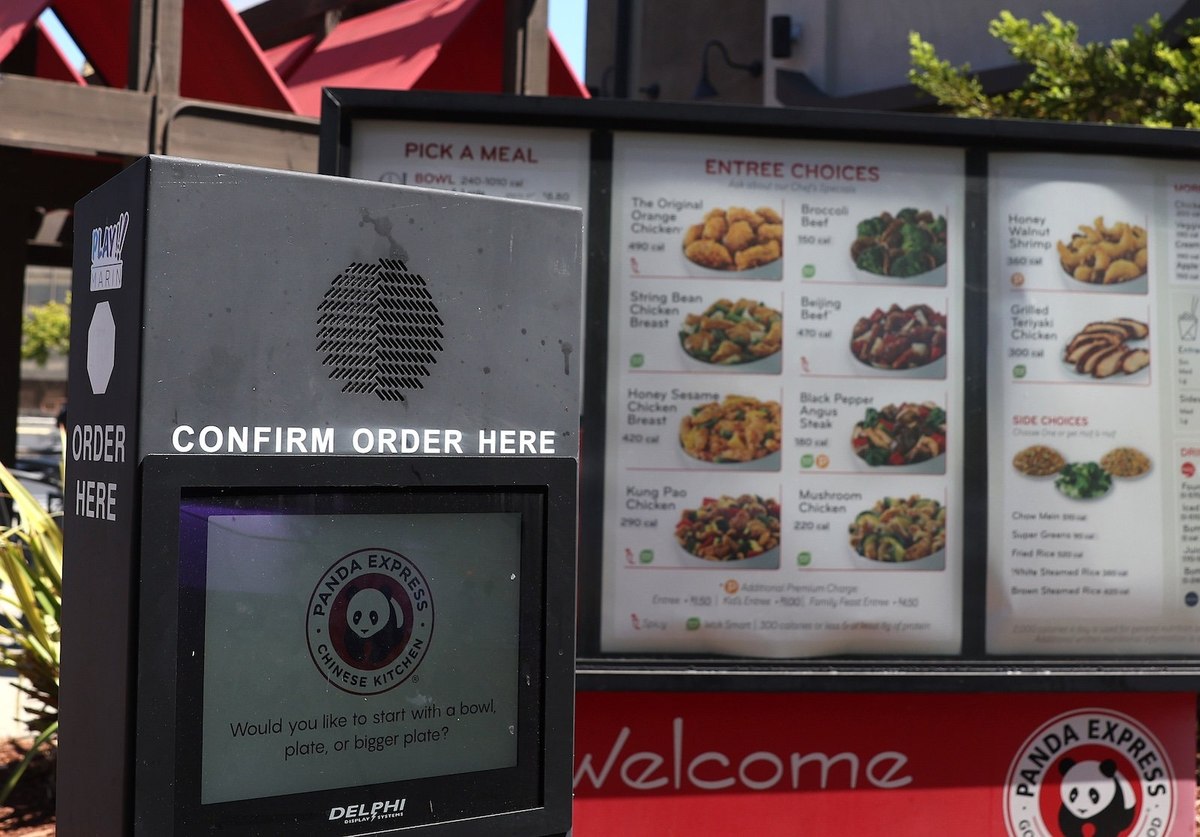
SMS, texts, mobile calls: The most preferred modes people use to keep in touch with their loved ones
Catching up with friends and family is often the antidote to a tough week, a rough workday and even a random mood swing. What we’re looking at in this piece is how exactly people keep in touch or communicate with their loved ones.
A recent YouGov survey asked people across 17 international markets about methods of communication they use most often to communicate with friends and family. SMS or text messages come out on top with two in five respondents across markets (40%) saying they use this method most often to communicate with loved ones.
Nearly three in ten respondents (29%) prefer to communicate with their friends and family over mobile phone calls. At a far distant third place is face to face communication with only 8% of those polled most using this method to stay in touch with loved ones. Video calling follows at 7%.
The preference for SMS or text messages is the highest among younger consumers and drops as we go up in age groups. The pattern flips when it comes to mobile phone calls - older consumers prefer this method of communication more than younger ones.
For example, YouGov’s demographic data shows that younger consumers i.e. 18-to-24-year-olds are most likely across age groups to say they prefer communicating with friends and family via SMS or text messages (49%). Consumers in the 25-to-34-years are next in line (44%). Those aged 55 years and above are the least likely to say they prefer SMS and text messages to communicate with loved ones.
But a similar proportion of consumers aged 55 years and above say they prefer mobile phone calls (35%) - the highest across age groups to say so - followed by 45-to-54-year-olds (32%). The youngest of the lot - 18-to-24-year-olds - are the least likely to choose mobile phone calls (19%) as their preferred method of communication with friends and family.
Regardless of age, face-to-face communication is not an approach used often by respondents to communicate with loved ones. Consumers aged 55 years and above are only slightly ahead with 9% of them choosing face-to -face interactions. This group is also most likely, perhaps unsurprisingly, to pick relatively traditional methods of communication like landline calls (6%) and emails (5%).
Moving on to data reported from each of the 17 international markets we survey, we see that Singaporeans are the most likely to say they use SMS or text messages (64%) to communicate with their loved ones. Great Britain (55%), Denmark (53%) and US (52%) are some of the other markets where people most often prefer to text their loved ones.
Conversely, those in the UAE are the least likely to do the same. People here account for the largest proportion of those across markets who prefer video calling (20%), followed by Indonesians (16%) and Hong Kongers (12%).
As for mobile phone calls, a little over three in five Indians (61%) choose this mode - the most likely across markets to do so - followed by respondents in the UAE (41%), Mexico (37%) and Italy (36%).
Face to face communication finds the most takers among Germans (14%) and Hong Kongers (13%).
Among other methods of communication - Italians are most likely to prefer audio messages or voice notes (13%), while Canadians lead in their preference for emails (8%). Germans are the most likely across markets to say they communicate with friends and family mostly through landline calls (14%).
Explore our living data - for free
Discover more telco content here
Want to run your own research? Run a survey now
Make smarter business decisions with better intelligence. Understand exactly what your audience is thinking by leveraging our panel of 20 million+ members. Speak with us today.
Methodology: YouGov Surveys: Serviced provide quick survey results from nationally representative or targeted audiences in multiple markets. The data is based on surveys of adults aged 18+ years in 17 markets with sample sizes varying between 501 and 2023 for each market. All surveys were conducted online in December 2023. Data from each market uses a nationally representative sample apart from Mexico and India, which use urban representative samples, and Indonesia and Hong Kong, which use online representative samples. Learn more about YouGov Surveys: Serviced.
































